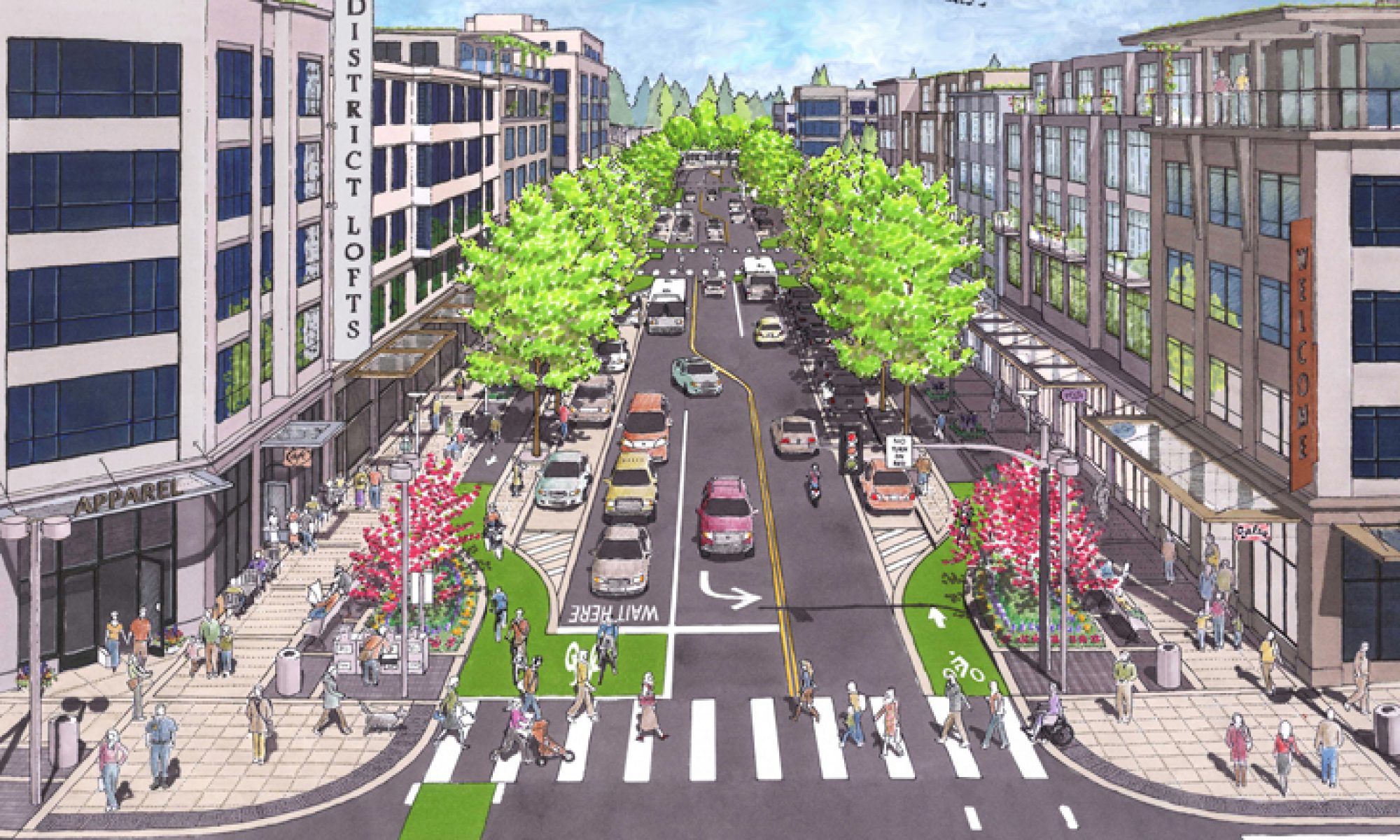The transportation sector is responsible for around 14 percent of emissions. (Meat production is worse for the environment, but that’s another story!)
“After decades of prioritizing transportation investments in new highways with a focus on speed above all else, we’re stuck with a transportation system that produces more carbon emissions than any other sector in the United States. Spread-out development facilitated by wide fast roads make cars all but essential for daily travel in many U.S. communities.”
More than half of vehicle emissions come from light-duty vehicles, which includes the cars we drive around in for most daily trips. Most car trips are usually less than three miles, and most of these trips are made by car, despite efforts in cities to promote alternative transportation options.
People are driving more – By some estimates, the total number of vehicles worldwide could double to 2.5 billion by 2050. So the uptick in driving more is obliterating any emissions benefits, even with cleaner fuels, the prevalence of electric cars, and more efficient vehicles. We can all make an effort to drive 10% less to make a difference. And designing “safer roads will increase rates of biking, walking, and transit ridership, and enable fewer and shorter car trips.”

Safety Over Speed: Safe Streets Are Climate-Friendly Streets
8 Nov 2019
Lowering speeds have more benefits besides saving lives: street designs that keep speeds low help reduce carbon emissions, too. In this blog post by our friends at the Natural Resources Defense Council (NRDC), Ann Shikany and Carter Rubin discuss how safer roads increase rates of biking, walking, and transit ridership, and enable fewer and shorter car trips.

“In communities across the county, our transportation system provides key linkages for commuters to jobs, kids to school and all of us to our social, family and recreational opportunities.
But the flip-side is that after decades of prioritizing transportation investments in new highways with a focus on speed above all else, we’re stuck with a transportation system that produces more carbon emissions than any other sector in the United States. Spread-out development facilitated by wide fast roads make cars all but essential for daily travel in many U.S. communities.
When you dive deeper into those carbon emissions—you’ll find that 59 percent of them come from light-duty vehicles—that includes the cars we drive around in for most daily trips. While the majority of daily trips are less than three miles, most of them are made by car.
Even worse, transportation emissions are rising because people are driving more and making longer trips. Even with cleaner fuels (not to mention electric cars) and more efficient vehicles, the uptick in driving more is obliterating any emissions benefits.”
Read about it~
http://t4america.org/2019/11/08/safety-over-speed-safe-streets-are-climate-friendly-streets/?utm_source=feedburner&utm_medium=email&utm_campaign=Feed%3A+transportationforamerica+%28Transportation+For+America+%28All%29%29



















 >
>